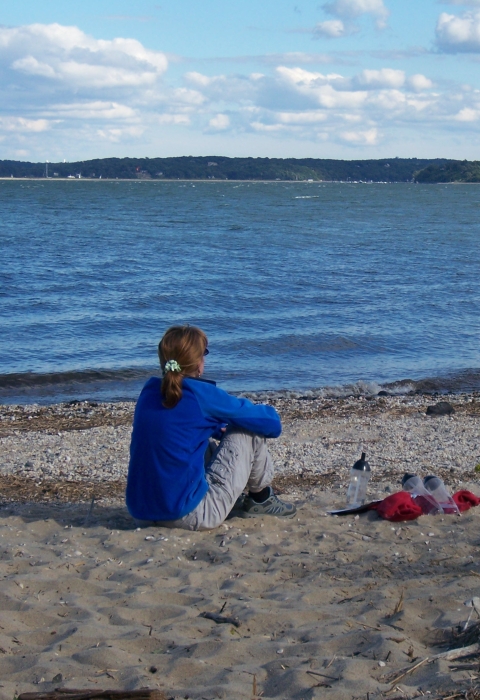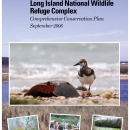Visit Us
Know Before You Go
- Open ½ hour before sunrise to ½ hour after sunset
- An entrance fee is charged:
Vehicle - $4.00
Pedestrian/bicycle - $2.00
Annual Refuge Pass (valid for 12 months from the month of purchase) - $12.00
Duck Stamp (valid July 1 to June 30) - $25.00
For groups over 12, you can request an entrance fee waiver by filling out a fee waiver form and emailing it to Ann Marie Chapman (AnnMarie_Chapman@fws.gov). - Late October through early April offer the best times to view waterfowl on the refuges. The forests come alive in spring with the arrival of warblers and other migratory songbirds, while red fox, wild turkey and white-tailed deer may greet you year-round.
- Mosquitoes and flies can be prevalent during the spring and summer. Be sure to bring bug spray.
- Poison ivy and ticks are found throughout the refuge. Stay on the trails to limit your exposure.
- Restrooms are located at the parking lot.
Location and Contact Information
About Us
Acquired in 1967 as a donation from the Eberstadt family, Target Rock National Wildlife Refuge was originally maintained the land as a garden estate. The 80-acre refuge is located on the north shore of Long Island in the Village of Lloyd Harbor, 25 miles east of New York City. Target Rock refuge consists of mature oak-hickory forest, a half-mile of rocky beach, a brackish pond and several vernal ponds. This refuge is open to the public and is an extremely popular shore fishing location.
Tours
Points of Interest
- Hike the self-guided 1.75 mile nature trail through woodland areas and onto the beach;
- Walk the beach looking for seaside animals such as harbor seals and loons;
- Photograph wading birds from an observation blind beside a tidal lake;
- Observe a variety of songbirds, sea ducks and warblers.
What We Do
Wildlife conservation is at the heart of the National Wildlife Refuge System. It drives everything on U.S. Fish and Wildlife Service lands and waters managed within the Refuge System, from the purposes for which a national wildlife refuge national wildlife refuge
A national wildlife refuge is typically a contiguous area of land and water managed by the U.S. Fish and Wildlife Service for the conservation and, where appropriate, restoration of fish, wildlife and plant resources and their habitats for the benefit of present and future generations of Americans.
Learn more about national wildlife refuge is established to the recreational activities offered to the resource management tools used. Using conservation best practices, the Refuge System manages Service lands and waters to help ensure the survival of native wildlife species.
Refuges deploy a host of scientifically sound management tools to address biological challenges. These tools span active water management to wilderness character monitoring, all aimed at ensuring a balanced conservation approach to benefit both wildlife and people.
Our Species
Hundreds of species of plants, fish, birds, and mammals flourish here, depending on the beach, bays, and adjacent lands for survival. Some are year round residents, some just pass through. What you can see changes with the seasons, but if you are quiet and patient there is always something to see.
Projects and Research
Refuge management goals are:
- Provide and manage a diversity of high quality habitats to support breeding, migrating and/or wintering birds, threatened & endangered species, and fish.
- Maintain high quality habitats for all native wildlife and plant species.
- Establish and maintain partnerships to benefit wildlife for present and future generations


